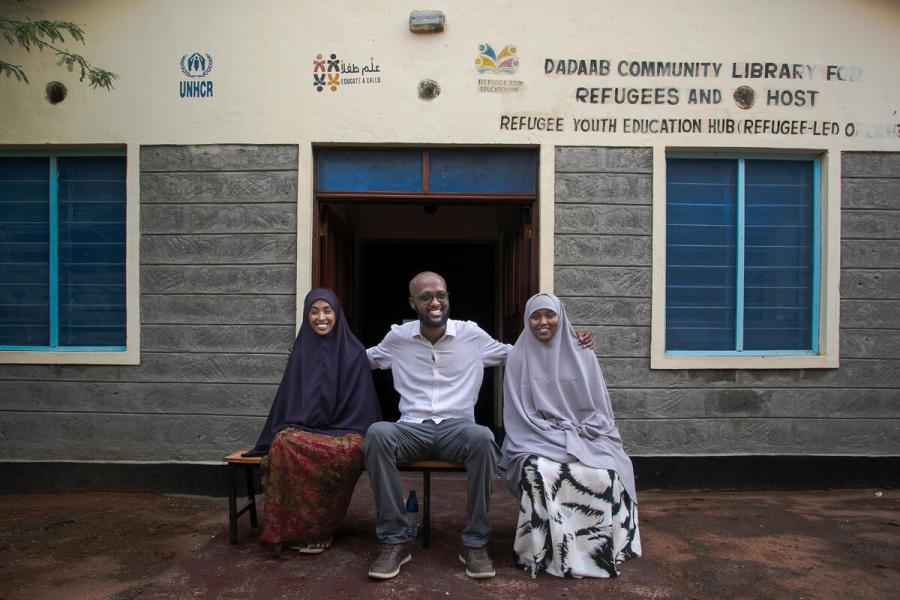Main documents
Approximately 9,000 refugees have voluntarily returned to Somalia between January 2020 and December 2023, the majority coming back from Yemen, Kenya, Djibouti, and Libya. In addition, nearly 3 million people are also internally displaced in the country due to conflict, insecurity, and the effects of climate change, such as cyclical droughts and floods.
Somalia continues to face multiple challenges, including political insecurity, conflict, and natural disasters such as drought, flooding, and locust infestation. UNHCR’s operational footprint in Somalia dates back thirty years. To address the immediate needs of vulnerable IDPs and host communities affected by the conflict and drought, UNHCR continues to deliver lifesaving protection assistance. Furthermore, UNHCR will continue to support the Government of Somalia in drafting legislation that ensures the protection and rights of displaced and stateless persons in accordance to existing regional and international legal instruments. UNHCR is an active member of the Humanitarian Country Team and continues to (co)-lead the Protection, Shelter, and CCCM Clusters in Somalia.
Populations
Population types
Note: The "Stateless" category does not include stateless people who are also in other categories, to avoid double counting. The total number of stateless, across all categories, is .
NB: 2025 figures are planning figures.
Source: UNHCR Refugee Data Finder for years until 2022, UNHCR planning figures (COMPASS) otherwise.
Population by country
NB: 2025 figures are planning figures.
Source: UNHCR Refugee Data Finder for years until 2022, UNHCR planning figures (COMPASS) otherwise.
Population by origin
NB: 2025 figures are planning figures.
Source: UNHCR Refugee Data Finder for years until 2022, UNHCR planning figures (COMPASS) otherwise.
Financials
Budget and expenditure trend
Budget information for the current year is updated monthly, while budget and expenditure information for all other years are final.
Budget by pillar
Budget by objective
Note: The table presents the budget for this operation broken down at the objective level. Resource allocation at the objective level is subject to change during the course of the year as the operational situation evolves and priorities shift. The current budget, reflected in the bottom line of this table, is updated on a monthly basis and is replaced by the final budget at year-end.
Expenditure by Outcome Area
Budget by Impact Area
Source: 2023 budget as approved by the Executive Committee in October 2022.
2022 current budget as approved by the High Commissioner as of October 2022; pending presentation to the ExCom's Standing Committee.
Budget by Outcome and Enabling Areas
Source: 2023 budget as approved by the Executive Committee in October 2022.
2022 current budget as approved by the High Commissioner as of October 2022; pending presentation to the ExCom's Standing Committee.
Budget by Impact Area
Source: 2024 budget and 2023 current budget are taken from the budget document approved by UNHCR's Executive Committee in October 2023.
Budget by Impact Area
Budget information for the current year is updated monthly, while budget and expenditure information for all other years are final.
Budget by Outcome and Enabling Areas
Budget by Outcome and Enabling Areas
Budget information for the current year is updated monthly, while budget and expenditure information for all other years are final.
Budget by Impact Area
Budget by Outcome and Enabling Areas
Strategy
Impact Statements
Latest updates
The boundaries and names shown and the designations used on this map do not imply official endorsement or acceptance by the United Nations.
UNHCR GIS data is publicly accessible in the Operational Data Portal








